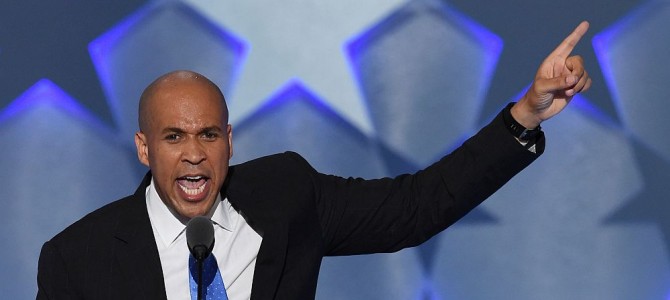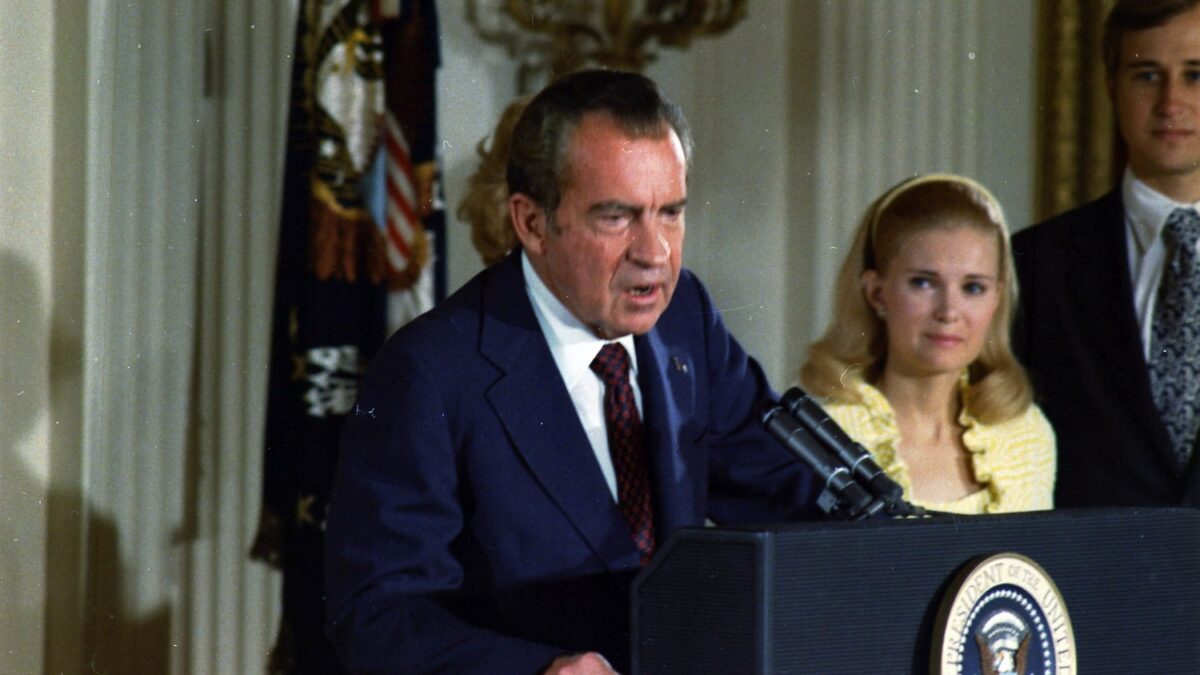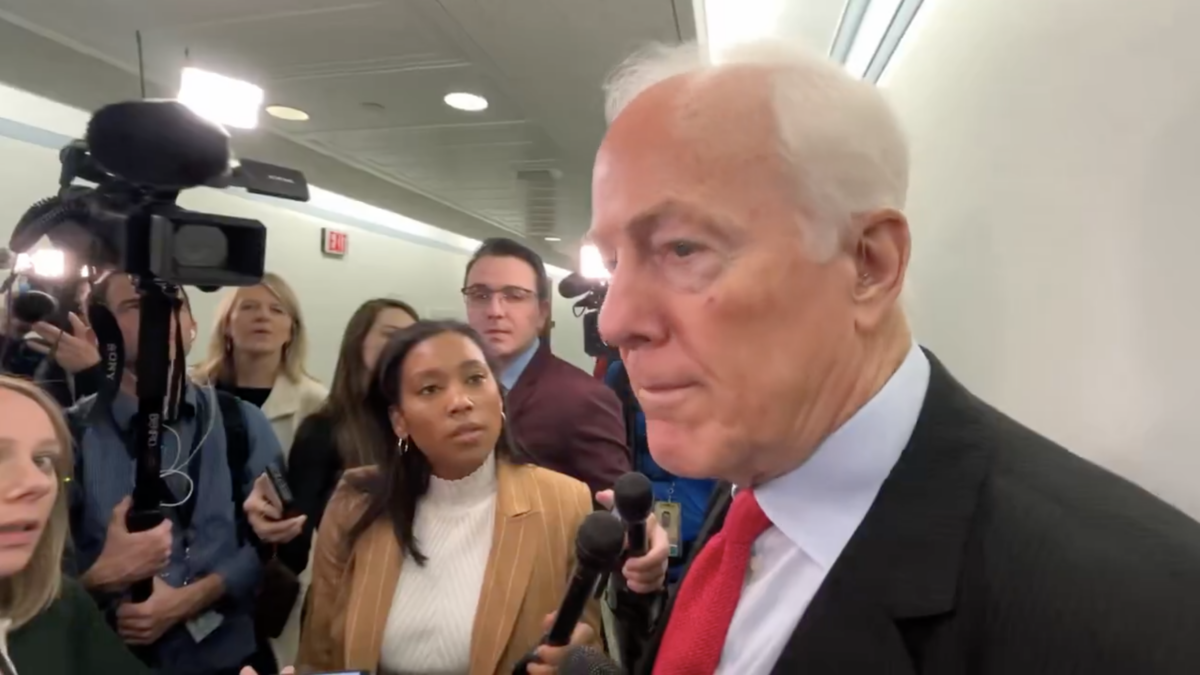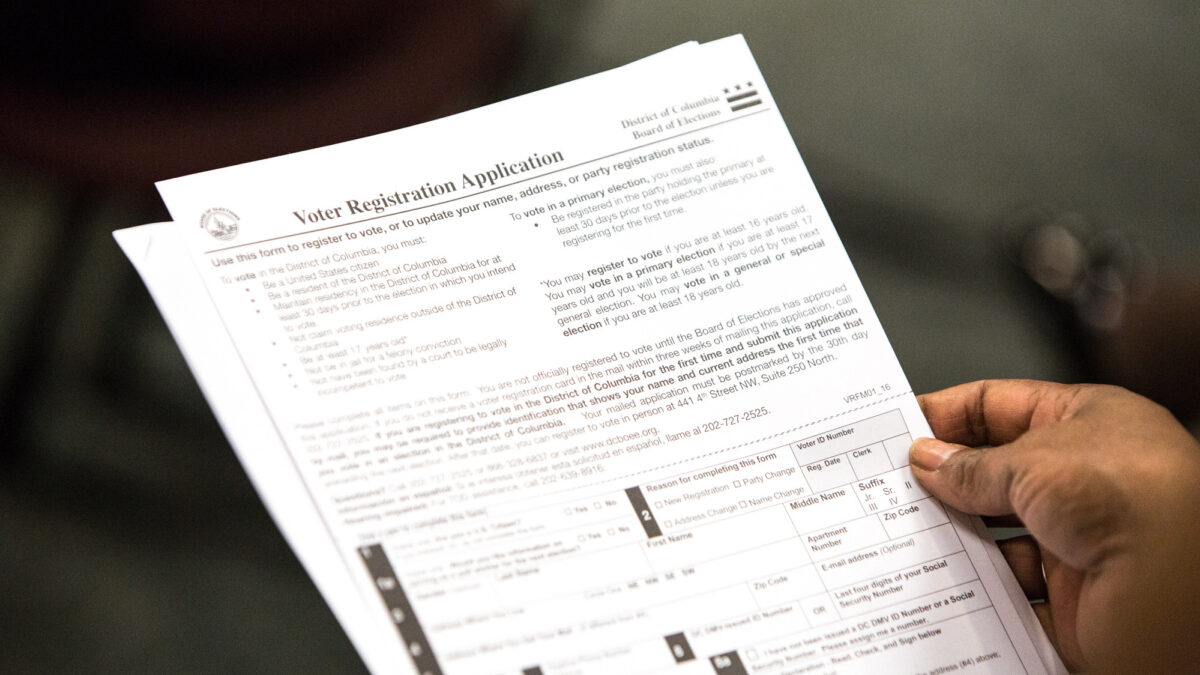
During my college years as a political science major from 2009-2014, one of the more interesting texts I was assigned to read was John Judis and Ruy Teixeira’s award-winning, much-acclaimed book, “The Emerging Democratic Majority.”
Published in 2002 — just prior to the successful midterm elections for Republicans that saw the GOP capture the Senate and expand its margin in the House (in addition to already holding the White House) — it came about when few foresaw the demographic changes the United States was poised to undergo. Indeed, at the time there was ample discussion of a permanent Republican majority, rather than a progressive one.
Demographics Are Destiny
The premise of the phrase “demographics are destiny” comes from the book’s operative theory, that the fastest-growing demographic groups in America were traditionally Democrat-leaning, both racially and socioeconomically. Non-white voters would continue to grow as a base of support even while whites continued to be a shrinking majority of the overall voting public. Likewise, America’s move from an industrial to a postindustrial economy also would increase the numbers of left-leaning voters.
While the 2008 election of Barack Obama certainly seemed to be the culmination and vindication of this hypothesis, there was also a definite allowance — even from some Democratic partisans — for the fact that our 44th president was and is a gifted politician who may have somewhat uniquely galvanized his coalition.
Yet by the end of election night in 2012, the remarkably stable polling we’d seen all summer seemed to predict a foregone conclusion: America had officially become too diverse for the primarily white Republican Party to remain competitive, at least in national elections. It seemed as though all Democrats had to do was turn out their base, and the win was sewn up. Also, if the Census Bureau’s data were any indication, the margin of those victories would only increase with the passage of time.
Going Alone or Going Together
There’s often quite a bit of hand-wringing among conservatives, particularly in this Donald Trump era, about schisms within the party: neoconservatives find Trump’s foreign policy feckless enough to consider voting for Hillary Clinton, social conservatives doubt the sincerity of his fealty to life and traditional marriage, and libertarians see his protectionism and big government prescriptions as “an incoherent mess” that would be disastrous if they were implemented. All seem to agree he’s some new kind of Republican — or perhaps no Republican at all.
Although Trump’s candidacy has been rightfully criticized for the degree to which it has veered into white identity politics, his screeds against political correctness and attempts to channel the Nixonian message of being the “law and order” candidate have helped to inadvertently bring together a party that still wishes to be defined by the individual, rather than the collective, and his poll numbers have responded in kind. As political scientist Jo Freeman noted in the fall 1986 edition of Political Science Quarterly, “The basic components of the Republican Party are geographic units and ideological factions.”
Meanwhile, the Democratic Party is largely defined by its coalition and various constituencies, as Freeman notes in the same article.
The Democratic Party is composed of constituencies. These constituencies are ones which identify themselves as having a salient characteristic creating a common agenda which they feel the party must respond to. Virtually all of these groups exist in organized form independent of the Party and seek to act on the elected officials of both parties. They are recognized by Democratic Party officials as representing the interests of important blocs of voters which the Party must respond to as a Party.
Democrats have long catered to their various constituencies through identity politics. That brings us to the 2016 Democratic National Convention, where that tactic has been turned into an art form. The Democratic Party’s constituencies are now so clearly defined — and such a preeminently defining feature of the party as a whole — that Bernie Sanders’ supporters, champions of democratic socialism and even further left-wing tenets, have largely been castigated, both in the primary and at this convention, not just for their protesting, but perhaps more pointedly for their overwhelmingly white racial makeup.
Still, as the party has dutifully tried to address the many grievances of its disparate voting blocs (so much so that even Anderson Cooper is wondering if people are becoming “turned off“), Sen. Cory Booker’s Monday night speech revealed a limit to the power and potency of pure identity politics — even in an appeal from a representative of a particular group (in this case, African-Americans) — when the senator decided to share what he described as an “African saying.”
Cracks in the Coalition
In the middle of an otherwise well-received (if a bit shouty) speech, Booker introduced a completely banal, allegedly African saying: “If you want to go fast, go alone. But if you want to go far, go together.” It’s the sort of thing you’re likely to see on those silly placards people hang in their offices, or on coffee cups, or at the very least on all sorts of Pinterest boards, emblazoned upon an inspirational looking picture. While its ambiguity suggests it was probably little more than a Hallmark card repurposed with a touch of multiculturalism — evoking the goofy Acacia Tree Meme and other unsourced African proverbs — the freak out it managed to generate was telling.
While Trump has been busy destroying the foundation of the Republican Party, the Democratic primary has been animated by the many deep divisions wrought by the party’s constant, particularized overtures to each part of its diverse coalition. In a bit of irony, Sanders’s economic agenda — by no means right-wing — borrowed heavily in its underpinning theory from free-market economics; namely, in making the case that socialism, or something very close to it, would create a better life for all people living under it — regardless of race or any other identifier.
The fallacious notion of that premise aside, the Black Lives Matter movement was having none of it. For The Emerging Democratic Majority, that could become a very real problem. Lost in Obama’s unified campaigns was an unsettling truth about the party’s underlying ideological superstructure: it’s perilously fragile. While Obama had the charisma to draw voters to the polls to vote for him, a majority of Americans view Hillary Clinton very unfavorably. As a result, in between broadsides against Trump and pleas to unify and vote against him, the party’s convention has seemed oddly siloed amongst its various constituencies. At least Sanders’ economic plan could have been an area of shared agreement.
So while Democrats pursue agendas that seek to end limits on abortion, tax all carbon output, make all bathrooms gender-neutral, send every last firearm into the incinerator, and ensure every inch of the United States is a safe space, Booker’s anecdote now sounds a lot less like a goofy fabrication and a lot more like a warning: The #DemsInPhilly are several groups all going very fast, but come November, they may not all be going to the polls together.









